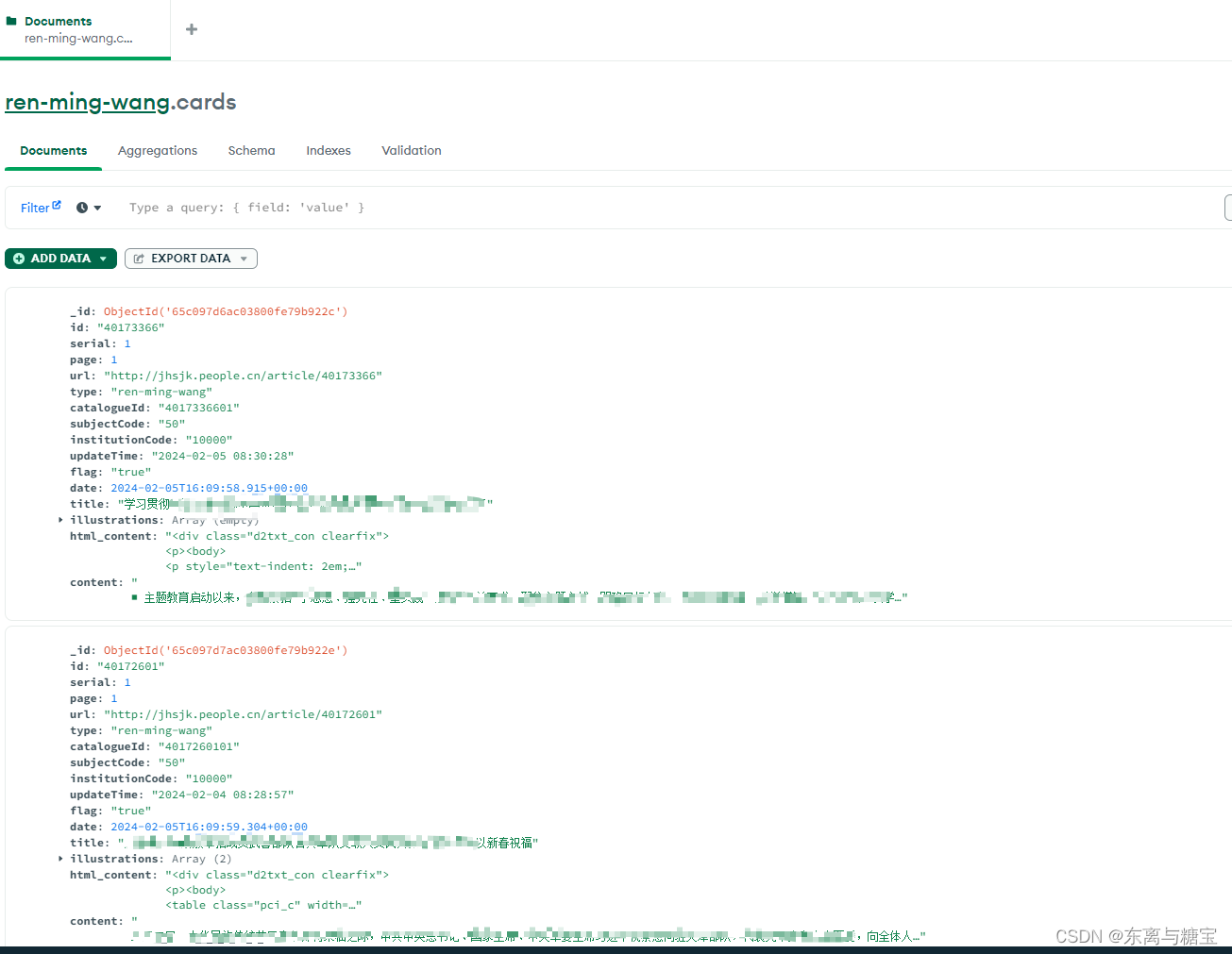本文介绍: 异步爬虫可以理解为非只单线程爬虫我们下面做个例子,之前我们通过单线程爬取过梨视频在保存视频的时候会慢一些,为了提升效率,我们使用异步爬虫爬取。
异步爬虫可以理解为非只单线程爬虫
我们下面做个例子,之前我们通过单线程爬取过梨视频 https://blog.csdn.net/potato123232/article/details/135672504
在保存视频的时候会慢一些,为了提升效率,我们使用异步爬虫爬取
目录
1 线程池
线程池的基本用法在这里有提到 python并发任务-CSDN博客
多线程应仅用于耗时的部分,如果我们为了省事去将所有部分都封装为一个函数就容易出错
- 走单线程可以成功爬取10个视频,当我将所有过程封装为一个函数时,使用多线程爬取会报错。在JS中的异步也会有这种问题,就像是请求还没请求完,后面加载就加载上了
import requests
from lxml import etree
import random
import re
from multiprocessing.dummy import Pool
# 保存根页面
url = 'https://www.pearvideo.com/popular'
headers={'User-Agent':'Mozilla/5.0 (Windows NT 10.0; Win64; x64) AppleWebKit/537.36 (KHTML, like Gecko) Chrome/116.0.0.0 Safari/537.36'}
response = requests.get(url=url,headers=headers)
response.encoding = response.apparent_encoding
with open('./test.html','w',encoding='utf-8') as f:
f.write(response.text)
print(response)
# 获取所有细节页面url
detail_htmls = []
tree = etree.HTML(response.text)
for i in range(1,len(tree.xpath('//*[@id="popularList"]/li'))+1):
detail_htmls.append({'url':'https://www.pearvideo.com/' + tree.xpath('//*[@id="popularList"]/li[{}]/a/@href'.format(i))[0],'title':tree.xpath('//*[@id="popularList"]/li['+ str(i) +']/div[2]/a/h2/text()')[0]})
# print(detail_htmls)
p = re.compile(r'.*/(.*?)-d')
video_detail_list = []
for i in detail_htmls:
contId = i['url'].split('_')[-1]
mrd = round(random.random(), 16)
headers['Host'] = 'www.pearvideo.com'
headers['Referer'] = i['url']
response = requests.get(url='https://www.pearvideo.com/videoStatus.jsp?contId=' + str(contId) + '&mrd=' + str(mrd),
headers=headers).text
srcUrl = eval(response).get('videoInfo').get('videos').get('srcUrl')
need_change_part = p.findall(srcUrl)[0]
true_video_url = srcUrl.split(need_change_part)[0] + 'cont-' + contId + srcUrl.split(need_change_part)[1]
video_name = re.sub(r'[\/:*?"<>|]', '', i['title'])
video_detail_list.append({"name":video_name,"url":true_video_url})
print(video_detail_list)
def get_video(item):
response = requests.get(item['url'])
with open('./result/' + str(item['name']) + '.mp4', 'wb') as fp:
fp.write(response.content)
print(item['url'] + '下载成功')
pool = Pool(4)
pool.map(get_video,video_detail_list)耗时的部分只有保存,所以我们保存的部分剥离出来,这样就能成功爬取10个视频

2 单线程+异步协程
2.1 aiohttp的基本使用
我们先做个简单的服务,这三个服务无论请求哪一个都会等待两秒,然后返回一个字符串
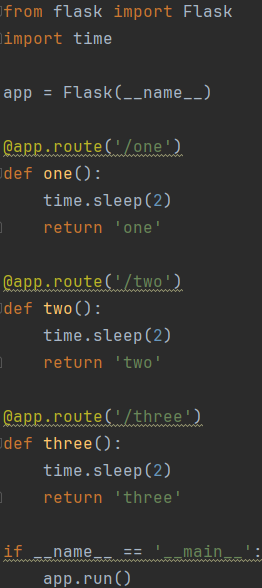
之后我们尝试只用asyncio发起异步请求
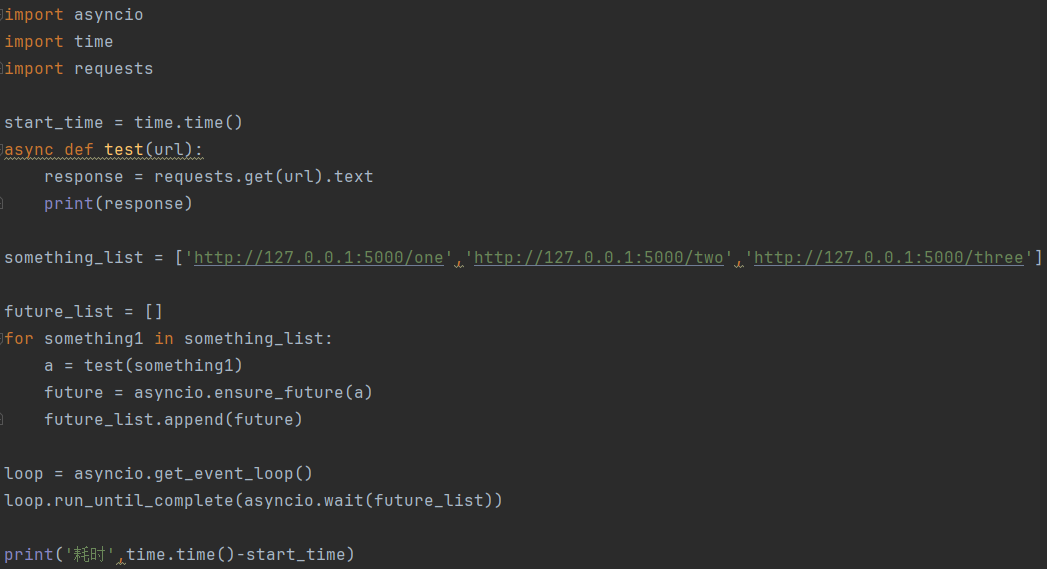
从耗时来看这段代码并没有发起异步请求
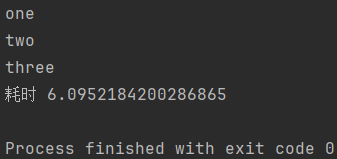
这个时候我们可以使用aiohttp进行异步请求
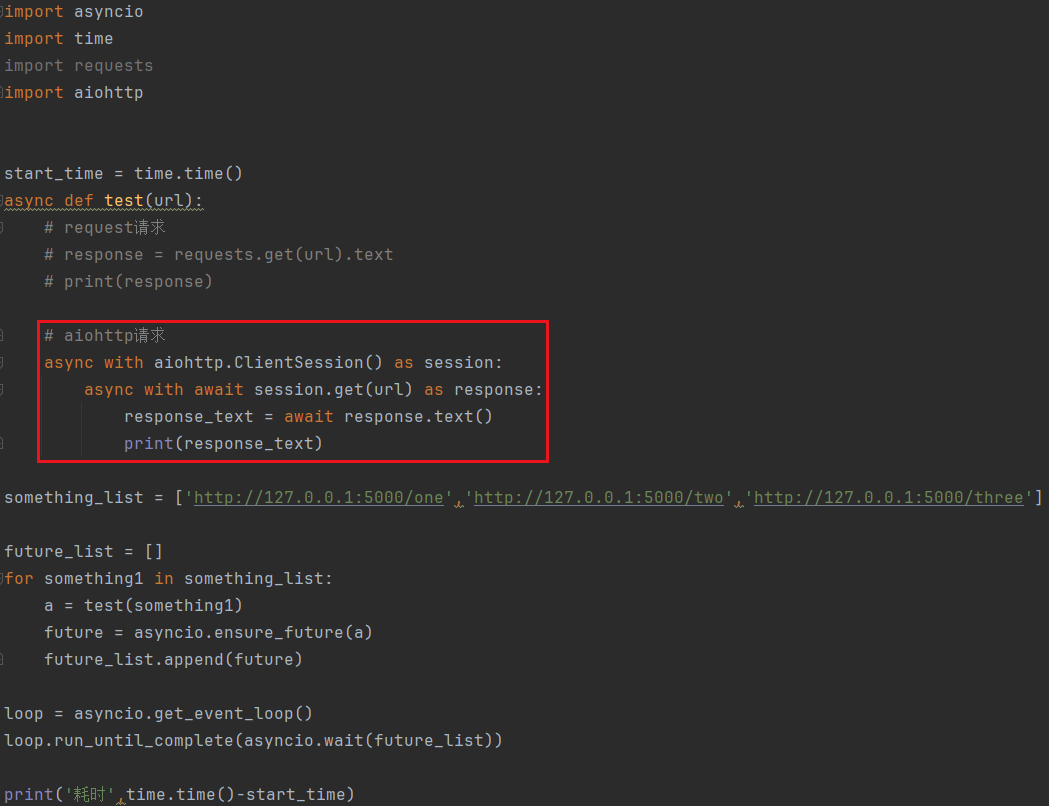
- 这个能看懂就行了,如果到了一定要使用的时候,看看别人怎么写的抄一抄就完了
- 如果不加最后打印之前的await,那么就有可能会打印不出来东西,由于请求是异步的,他会跳过请求而执行下面,就像js中的定时器
- response.text()是返回字符串类型的响应,read()是返回二进制类型的响应,json()返回的是json对象类型的响应
- 除了发get请求还可以发post请求,参数与requests.get(),requests.post()基本一致(get用的params一致,post用的data一致,请求头headers一致,aiohttp的代理参数名为proxy,proxy参数值为字符串)
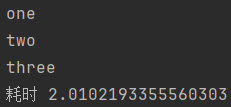
2.2 爬取梨视频
异步保存文件可以借助 aiofiles
import requests
from lxml import etree
import random
import re
import aiohttp
import asyncio
import aiofiles
# 保存根页面
url = 'https://www.pearvideo.com/popular'
headers={'User-Agent':'Mozilla/5.0 (Windows NT 10.0; Win64; x64) AppleWebKit/537.36 (KHTML, like Gecko) Chrome/116.0.0.0 Safari/537.36'}
response = requests.get(url=url,headers=headers)
response.encoding = response.apparent_encoding
with open('./test.html','w',encoding='utf-8') as f:
f.write(response.text)
print(response)
# 获取所有细节页面url
detail_htmls = []
tree = etree.HTML(response.text)
for i in range(1,len(tree.xpath('//*[@id="popularList"]/li'))+1):
detail_htmls.append({'url':'https://www.pearvideo.com/' + tree.xpath('//*[@id="popularList"]/li[{}]/a/@href'.format(i))[0],'title':tree.xpath('//*[@id="popularList"]/li['+ str(i) +']/div[2]/a/h2/text()')[0]})
# print(detail_htmls)
p = re.compile(r'.*/(.*?)-d')
video_detail_list = []
for i in detail_htmls:
contId = i['url'].split('_')[-1]
mrd = round(random.random(), 16)
headers['Host'] = 'www.pearvideo.com'
headers['Referer'] = i['url']
response = requests.get(url='https://www.pearvideo.com/videoStatus.jsp?contId=' + str(contId) + '&mrd=' + str(mrd),
headers=headers).text
srcUrl = eval(response).get('videoInfo').get('videos').get('srcUrl')
need_change_part = p.findall(srcUrl)[0]
true_video_url = srcUrl.split(need_change_part)[0] + 'cont-' + contId + srcUrl.split(need_change_part)[1]
video_name = re.sub(r'[\/:*?"<>|]', '', i['title'])
video_detail_list.append({"name":video_name,"url":true_video_url})
print(video_detail_list)
async def test(item):
async with aiohttp.ClientSession() as session:
async with await session.get(item['url']) as response:
async with aiofiles.open('./result/' + str(item['name']) + '.mp4', 'wb') as fp:
await fp.write(await response.read())
print(item['url'] + '下载成功')
future_list = []
for something1 in video_detail_list:
a = test(something1)
future = asyncio.ensure_future(a)
future_list.append(future)
loop = asyncio.get_event_loop()
loop.run_until_complete(asyncio.wait(future_list))
可以爬取成功,每个视频都可以点开看

但是代码在pycharm的返回值并不是0
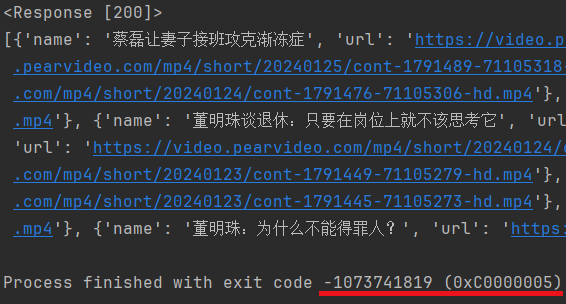
3 单线程,协程,多线程的运行速度比较
就梨视频的例子来说,单线程最慢,多线程第二(因为我只用4线程,如果10线程应该还会快一些),感觉上来讲协程最快
原文地址:https://blog.csdn.net/potato123232/article/details/135849141
本文来自互联网用户投稿,该文观点仅代表作者本人,不代表本站立场。本站仅提供信息存储空间服务,不拥有所有权,不承担相关法律责任。
如若转载,请注明出处:http://www.7code.cn/show_62903.html
如若内容造成侵权/违法违规/事实不符,请联系代码007邮箱:suwngjj01@126.com进行投诉反馈,一经查实,立即删除!
主题授权提示:请在后台主题设置-主题授权-激活主题的正版授权,授权购买:RiTheme官网
声明:本站所有文章,如无特殊说明或标注,均为本站原创发布。任何个人或组织,在未征得本站同意时,禁止复制、盗用、采集、发布本站内容到任何网站、书籍等各类媒体平台。如若本站内容侵犯了原著者的合法权益,可联系我们进行处理。






